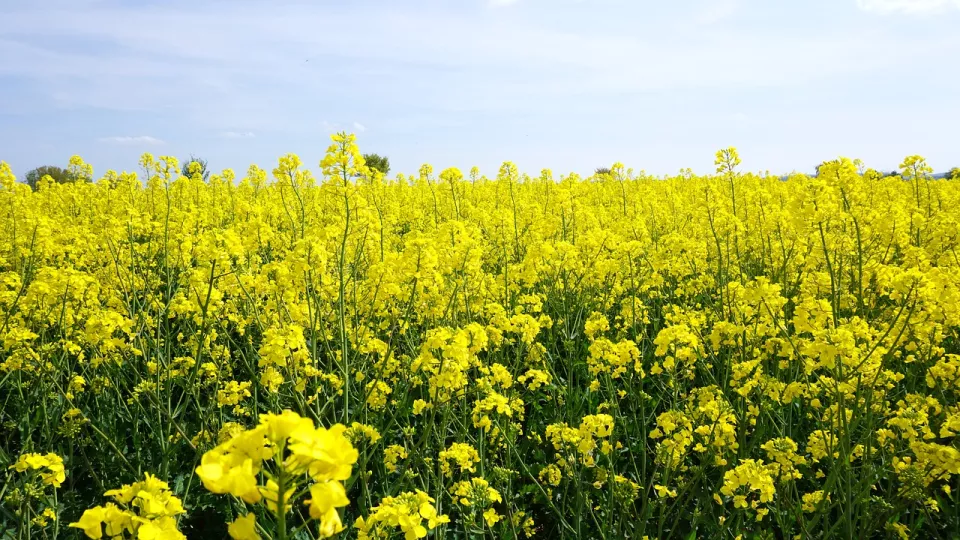By providing pollinating insects with pollen and nectar, oilseed rape benefits short-tongued, generalist insect species. Long-tongued bumble bee species, specialized to other flower types, may instead be negatively affected by increased competition from the generalists (e.g. due to nectar-robbing of long-tubed flowers) after oilseed rape flowering has ceased. The hypothesis was that the increased abundance of short-tongued pollinators and reduced abundance of long-tongued bumble bees in landscapes with a high proportion of oilseed rape would impact the pollination of later flowering wild plant species. In addition, the researchers predicted that semi-natural grasslands, which provide insects with alternative floral resources, would reduce both negative and positive effects on pollination by mitigating competition between pollinators.
The study partially confirms the researchers' hypothesis, says researcher Lina Herbertsson at CEC:
“In landscapes with more semi-natural grasslands and thus more flowers the effect seems to have been diluted. This is not surprising because the polllinating insects have more food and therefore need not compete for flowers.”
The study was published in Basic and Applied Ecology online, 9 August 2017:
